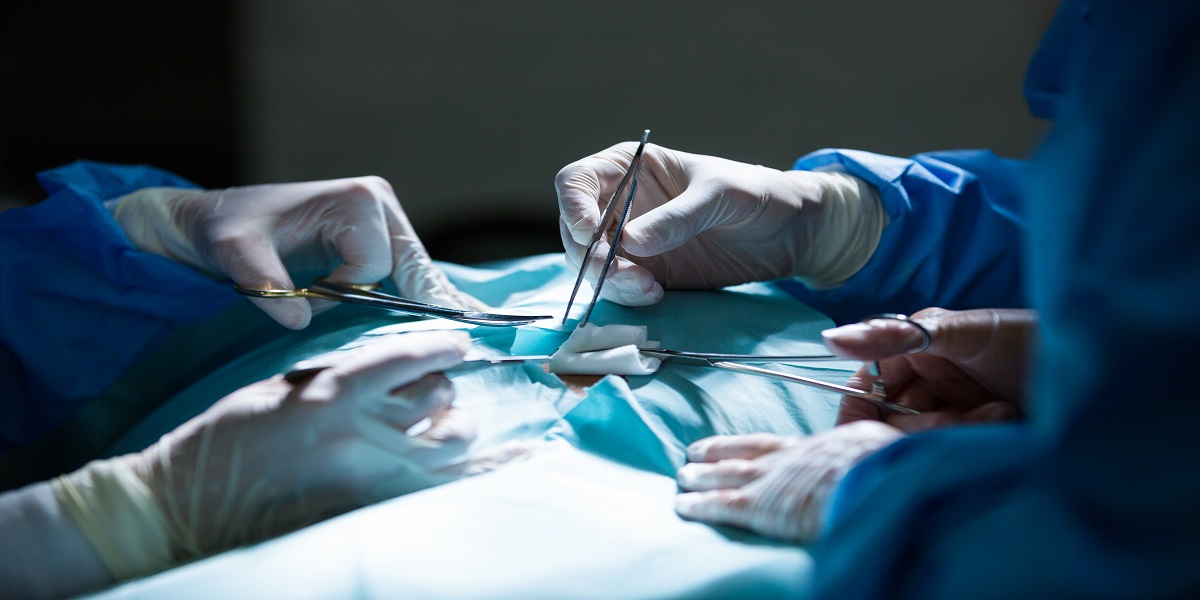
Things To Know Choosing The Right Surgical Blade For Your Operating Room
When it comes to performing
surgery, there are a lot of choices among the various tools. But choosing the
right surgical blade in
terms of types, handles, shapes, etc is quite challenging. Though the blades
are different from each other when it comes to shape and size, some models are
made specifically for certain purposes. In order to make the right choice, it
is necessary to consider all the factors.
The blade is the most important
thing used in surgery. Hence, it needs to be tremendously sharp to cut the
tissues effectively. Getting the correct scalpel can make a huge difference in
the success of the surgery. The blade is constantly trying to implement better and
high-quality tools to gain success in surgeries.
What is a surgical blade?
Surgical blades are the types of blades that are used in surgical rooms
while operation. It requires a lot of sharpness as it is used to cut human
tissues and skin efficiently. An operation room consists of everything which
includes surgical instruments, surgical lighting, and so on. These blades are
used in all types of surgeries whether it is minimally invasive surgery or some
other procedures. The instrument is developing various types of good-quality
blades that can ease the operation process.
Types of Blades
There are various types of
blades that are used for surgeries. Having the right blade can make a huge
difference. The different types of blades are: #10, 11, 12, 15, 20, 21, 22, 23,
24, and 25. Each scalpel is used for different purposes.
The most commonly used scalpel
is 10. It can make large cuts through the skin and through the subcutaneous
tissues. Blade 20 is somewhat similar to blade 10 but 20 is used for much
larger incisions. It is mostly used to cut through the thicker tissues. Blade
15 is used for smaller incisions whereas blades 22 and 23 are used for bigger
incisions such as in laparotomy or thoracotomy.
Blade 11 is triangular in shape
and has a sharp point. It is also known as a stabbing blade as it is used to
make stab-style incisions. Blade 12 is a curvy-shaped blade that is mostly used
to remove sutures. This can also be used to hook something on a stalk.
The Surgical Blades are developing scalpels that are thinner and flexible to make
operations easier and smooth.
Things to keep in mind while choosing the right Surgical
blade
● Surgical
blade handles
The handle and the surgical
blades are mostly bought separately. Based on the procedure that the surgeon
will perform, the handles can be attached along with the blades. The handles
come in different sizes, lengths, and weights so that the surgeon can get enough
balance, precision, and visibility. The different versions of surgical scalpels
range from number 3 to 9. The 3 and 4 handles are flat ad long whereas the 5,
6, and 8 handles are wide at their base. The #9 has a long and slender base and
#7 has the shape of a writing pen. The designs are specifically done on the
basis of the blades and their sizes.
●
Materials
The quality of the material and the technology used to make the cutting of the edge play an important role in the making of a surgical scalpel. Earlier, surgical scalpels were made out of silver but now steel is the material that is widely used. The manufacturers mostly use tempered steel, stainless steel, or carbon steel to make scalpels. Out of these, carbon steel blades have received the best remark.
There are some procedures where
steel material cannot be used. For instance, in the MRI process, steel surgical
blades cannot be used by the team as they can cause image artifacts. Steel is a
great material to use in scalpels as it is cost-effective and resists rust.
However, ceramic blade recently launched in the market and still now needs to
go through a lot of improvement for their durability.
●
The shape of the blade
The shape of the blade depends
on the type of operation the experts are going to perform. The blades are
numbered as each has its own feature. There are three main types of shapes that
you will see on the scalpels. They are:
- Edge- The edge
of the scalpel is the cutting surface. The surgeon will have better
control if they feel is better which in turn will result in a precise and
consistent incision.
- Slot- The
replaceable version is one of the most typical surgical scalpels. It
consists of a key-like slot that is responsible for snapping the blade
into the handle. This helps the surgeon to use it according to their
needs.
- Spine- This is
referred to as a surgical knife that is not sharpened and has a ridged
edge.
Conclusion
The right research can only help
to make sure that your team is well equipped with the surgical tools. Better
tools will not only help to increase productivity but also ensures great care
of the patients along with the surgical instruments and other medical devices.
Leave a Comment
© Copyright © 2022 gwsmed.com | GWS Surgicals LLP. All rights reserved.
| |




Comment (0)
No Comments Yet. Be the first one.